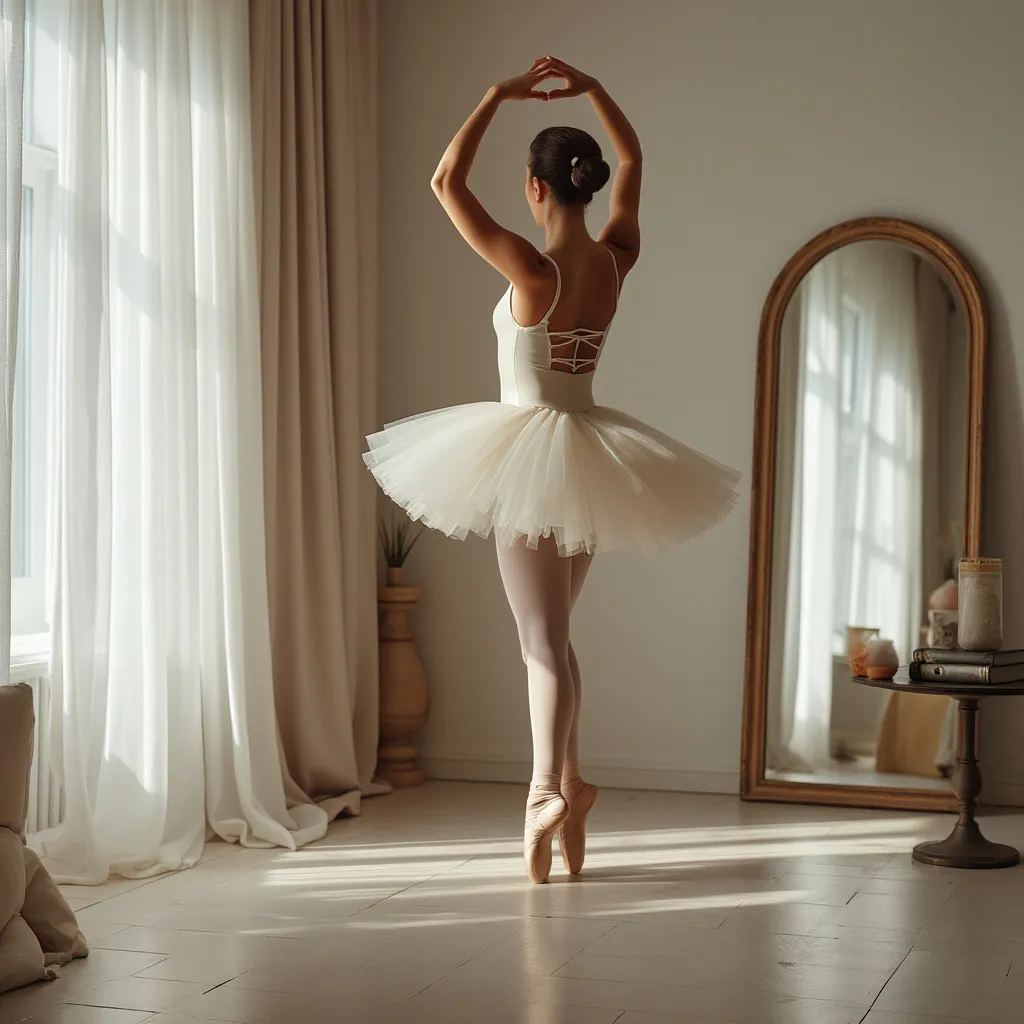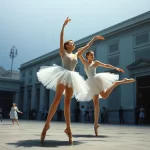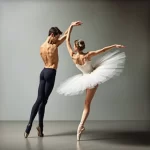The Globalization of Ballet: How Ballet Spread Across the World

Introduction
Ballet, a highly technical form of dance with its roots in the Italian Renaissance courts of the 15th century, has evolved into a global phenomenon. From its early days in Italy, ballet spread to France, Russia, and eventually to every corner of the world. This article explores the fascinating journey of ballet’s globalization, examining how it transcended cultural and geographical boundaries to become a universal art form.
The Origins of Ballet
Italian Beginnings
Ballet originated in the Italian Renaissance courts during the 15th century. It began as a form of entertainment for the aristocracy, combining dance, music, and poetry. The term “ballet” itself is derived from the Italian word “ballare,” meaning “to dance.” Early ballets were performed in lavish court settings, often as part of grand celebrations and events.
French Influence
The art form gained significant momentum when it spread to France in the 16th century. Catherine de’ Medici, an Italian noblewoman who became the Queen of France, played a crucial role in popularizing ballet in the French court. Under her patronage, ballet evolved into a more structured and theatrical form. The establishment of the Académie Royale de Danse in 1661 by King Louis XIV further solidified France’s influence on ballet, setting the stage for its development into a professional art form.
The Russian Revolution
Imperial Patronage
In the 18th and 19th centuries, ballet found a new home in Russia. The Russian Imperial Court embraced ballet with enthusiasm, leading to the establishment of renowned institutions like the Bolshoi Ballet and the Mariinsky Ballet. Russian choreographers and dancers, such as Marius Petipa and Anna Pavlova, made significant contributions to the art form, creating iconic ballets like “Swan Lake,” “The Nutcracker,” and “Sleeping Beauty.”
Soviet Era
During the Soviet era, ballet continued to flourish in Russia, albeit under state control. The Soviet government recognized the cultural and political value of ballet, using it as a tool for propaganda and international diplomacy. Despite the political constraints, Soviet ballet maintained high artistic standards and produced legendary dancers like Rudolf Nureyev and Mikhail Baryshnikov, who later defected to the West, further spreading the influence of Russian ballet.
Ballet in the Americas
United States
Ballet made its way to the United States in the early 20th century, thanks to the efforts of pioneering figures like George Balanchine. A Russian émigré, Balanchine co-founded the New York City Ballet and introduced a distinctly American style of ballet, characterized by its speed, precision, and athleticism. The establishment of institutions like the American Ballet Theatre and the School of American Ballet further cemented the art form’s presence in the U.S.
Latin America
In Latin America, ballet has also found a receptive audience. Countries like Cuba, Argentina, and Brazil have developed their own ballet traditions, often blending classical techniques with local cultural elements. The Cuban National Ballet, founded by Alicia Alonso, is particularly renowned for its rigorous training and exceptional dancers.
Ballet in Asia
Japan
Ballet was introduced to Japan in the early 20th century and has since become a popular and respected art form. Japanese dancers and choreographers have made significant contributions to the global ballet scene, with companies like the Tokyo Ballet and the National Ballet of Japan gaining international acclaim.
China
In China, ballet was initially introduced in the 1950s as part of cultural exchanges with the Soviet Union. The establishment of the Beijing Dance Academy and the National Ballet of China helped to cultivate a new generation of Chinese ballet dancers. Today, Chinese ballet companies are known for their technical prowess and innovative productions.
Ballet in Africa
South Africa
South Africa has a burgeoning ballet scene, with companies like the Cape Town City Ballet and Joburg Ballet making significant strides in recent years. These companies often incorporate elements of African dance and music into their performances, creating a unique fusion of styles.
Other African Nations
While ballet is less widespread in other African nations, there are pockets of interest and activity. Ballet schools and companies in countries like Nigeria and Kenya are working to promote the art form and provide training opportunities for young dancers.
Challenges and Opportunities
Accessibility and Inclusivity
One of the main challenges facing the globalization of ballet is accessibility. Ballet training can be expensive and time-consuming, making it difficult for individuals from lower-income backgrounds to participate. Efforts are being made to address this issue through scholarships, outreach programs, and community initiatives.
Cultural Adaptation
As ballet spreads across the world, it often undergoes cultural adaptation. This can be both a challenge and an opportunity. While some purists may argue that these adaptations dilute the art form, others see it as a way to make ballet more relevant and accessible to diverse audiences.
FAQ
What is the origin of ballet?
Ballet originated in the Italian Renaissance courts during the 15th century. It was initially a form of entertainment for the aristocracy, combining dance, music, and poetry.
How did ballet spread to France?
Ballet spread to France in the 16th century, largely due to the influence of Catherine de’ Medici, an Italian noblewoman who became the Queen of France. She played a crucial role in popularizing ballet in the French court.
What role did Russia play in the development of ballet?
Russia embraced ballet in the 18th and 19th centuries, leading to the establishment of renowned institutions like the Bolshoi Ballet and the Mariinsky Ballet. Russian choreographers and dancers made significant contributions to the art form, creating iconic ballets like “Swan Lake” and “The Nutcracker.”
How did ballet come to the United States?
Ballet made its way to the United States in the early 20th century, thanks to pioneering figures like George Balanchine. He co-founded the New York City Ballet and introduced a distinctly American style of ballet.
Is ballet popular in Asia?
Yes, ballet is popular in several Asian countries, including Japan and China. Both countries have developed their own ballet traditions and have produced internationally acclaimed dancers and companies.
What are some challenges facing the globalization of ballet?
Some of the main challenges include accessibility and cultural adaptation. Ballet training can be expensive, making it difficult for individuals from lower-income backgrounds to participate. Additionally, as ballet spreads, it often undergoes cultural adaptation, which can be both a challenge and an opportunity.
Conclusion
The globalization of ballet is a testament to the art form’s universal appeal and adaptability. From its origins in the Italian Renaissance courts to its current status as a global phenomenon, ballet has transcended cultural and geographical boundaries. While challenges remain, the future of ballet looks promising as it continues to evolve and inspire new generations of dancers and audiences around the world.





